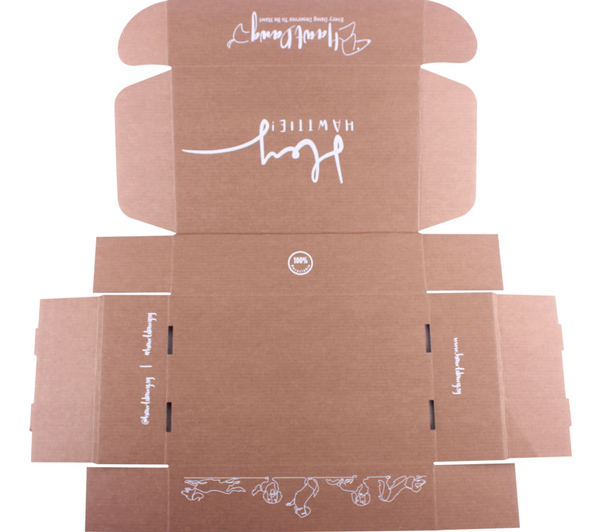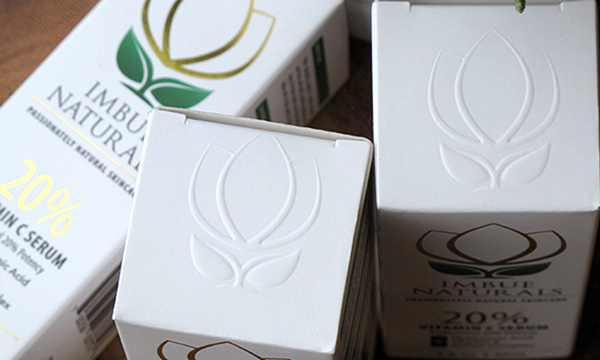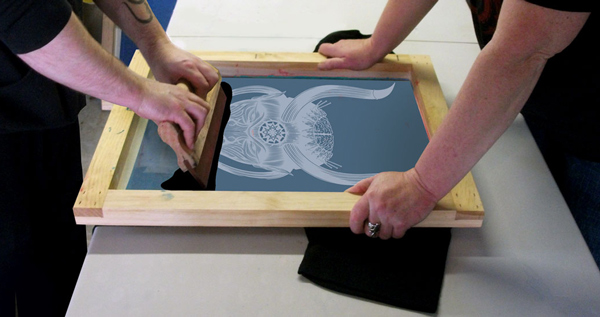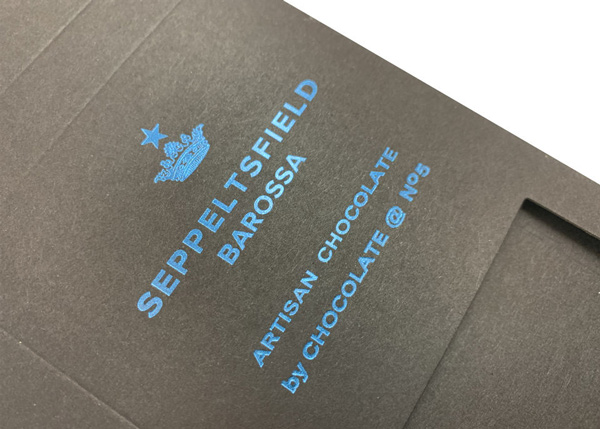Screen printing is a popular technique for customizing paper boxes, which can add a personal touch and elevate your packaging. As a versatile and cost-effective method, it allows you to create unique designs on various materials, including paper boxes, making it an ideal choice for businesses and individuals alike. With screen printing, you can achieve detailed, colorful, and durable designs that will make your custom paper box stand out from the rest.
To get started with screen printing, you'll first need to create a design or choose an existing one. The design can range from simple logos and text to intricate patterns. Remember that your choice of colors and design elements can greatly impact the overall look and feel of your custom paper box. Once your design is finalized, it's time to prepare the screen for printing.
Preparation is key when it comes to achieving the best results in screen printing. This process consists of coating the screen with emulsion, exposing your design onto the screen, and washing out the areas that will transfer ink onto your paper box. Proper understanding and execution of these steps will ultimately contribute to the quality of print on your custom paper box. With a bit of practice and patience, you'll soon master the art of screen printing and create stunning designs to showcase on your paper boxes.

Glossy Spot UV Screen Printing Paper Box
Screen printing is a versatile printing method that you can use to create custom paper boxes with unique designs. First, a stencil of your desired design is created by blocking out areas of a mesh screen. Ink is then pushed through the unblocked areas of the mesh onto the paper box, transferring the design.
For screen printing on custom paper boxes, you can choose from several types of inks:
When choosing ink, consider factors like durability, color vibrancy, environmental impact, and box material. This will help you make an informed decision about the best ink for your custom paper box screen printing project.

Screen Print Corrugated Box
When creating custom paper boxes using screen printing, it's important to select the right materials and ensure proper sizing and dimensions. This section will guide you through these crucial steps.
To create a sturdy and high-quality custom packaging paper box, be sure to choose suitable cardboard. Here are some popular options:
It's essential to accurately measure your custom paper box to ensure a proper fit for its intended purpose. Follow these steps:
By carefully selecting the appropriate materials and accurately determining the sizing and dimensions, you'll create a custom paper box that serves its purpose effectively while showcasing your screen printing design.

Screen Print Kraft Paper Box
When starting with screen printing for custom paper boxes, the first thing to focus on is creating unique designs. Consider what your client wants and brainstorm ideas that will make their boxes stand out.
Sketch out your ideas before transferring them to a digital format. Use design software like Adobe Illustrator or similar programs to create clean, high-resolution images. This will ensure a crisp, professional appearance on the final product. Remember to keep your designs simple, as intricate details may not be easily reproduced during the screen printing process.
Achieving accurate colors in screen printing can be challenging, but it's essential for custom paper box design. To ensure color accuracy, follow these steps:
By following these guidelines, you can produce high-quality, visually appealing custom paper boxes with accurate screen-printed designs for your clients. Remember to always strive for unique designs and color accuracy to ensure the best results in every project.

Embossed Logo Paper Box
When it comes to customizing your paper box with screen printing, there are various finishing options to choose from. This section highlights three popular methods: Lamination, Embossing, and Debossing.
Embossing is a technique that raises the desired design or text from the surface of the paper, creating a tactile, three-dimensional effect. To achieve this effect on your custom paper box, follow these steps:
Debossing is similar to embossing but reverses the effect by creating an indentation or recess in the paper surface. This finishing option adds depth and a sophisticated touch to your custom paper box. To achieve a debossed effect:
Both embossing and debossing convey a sense of craftsmanship and attention to detail that can dramatically elevate the appearance of your custom paper box.

Screen Printing Plate
When considering screen printing for custom paper boxes, keep in mind that several factors can affect the overall cost. Here are some key elements to consider:
As you plan for your custom paper box project, consider these budgeting tips to help you save money:

Pantone Ink Screen Printing Packaging Box
UNICO Printing is a company in China to make custom packaging paper boxes with screen print method. If you need any packaging with screen print, welcome to contact us, and our sales team will reply you within 24 hours.
Contact: Lisa Lee, Andy Chou
Phone: 0086-13811205110
Tel: 0574-83026853
Email: sales@unicopacking.com
Add: Liangzhu Village, Gaoqiao Town, Haishu District, Ningbo 315016, Zhejiang, China